Industry
The history of the San Claudio factory, a leading exponent of the development of the industrial arts in Asturias, dates back to the beginning of the 20th century. In 1901, the industrialist Senén María Ceñal established a factory in San Claudio, making the most of certain location advantages, such as proximity to the centre of Oviedo, water and coal supplies and rail connections. In fact, the factory had a branch line that was connected to the Oviedo-Trubia line that facilitated the transportation of materials.
Thus, the construction of a complex of warehouses and sets of kilns began. It took advantage of the facilities of the old Cerámica Asturiana factory, located in the same area. A group of workshops, warehouses for raw materials, a carpentry workshop, a canteen and housing for workers completed the complex. Focusing its production on feldspar earthenware, inspired by English earthenware, the factory was equipped with modern facilities, such as two bisque kilns and two glaze kilns, coal-fired bottle kilns with a capacity of 100,000 pieces.
After several years suffering financial problems, the company ceased operating and was dissolved and in 1922 the new company Fábrica de Loza de San Claudio S. A. was set up. This was the beginning of a prosperous period with improvements in the facilities that enabled the company to become a national leader in the production of quality crockery. Once the crisis experienced by the company in the years of the civil war and the immediate post-war period was over, the 1950s brought a time of expansion and modernisation. Then, German Kerabedarf gas ovens and a gas generator were installed and the company managed to remain solvent until the 1980s, before entering an agonising decline that culminated in the definitive suspension of activity in 2009.
However, what was the first industrial Asset of Cultural Interest in Asturias (nullified in 2012), currently lacks effective heritage protection and its state of abandonment is worrying, to say the least.
Natalia Tielve García

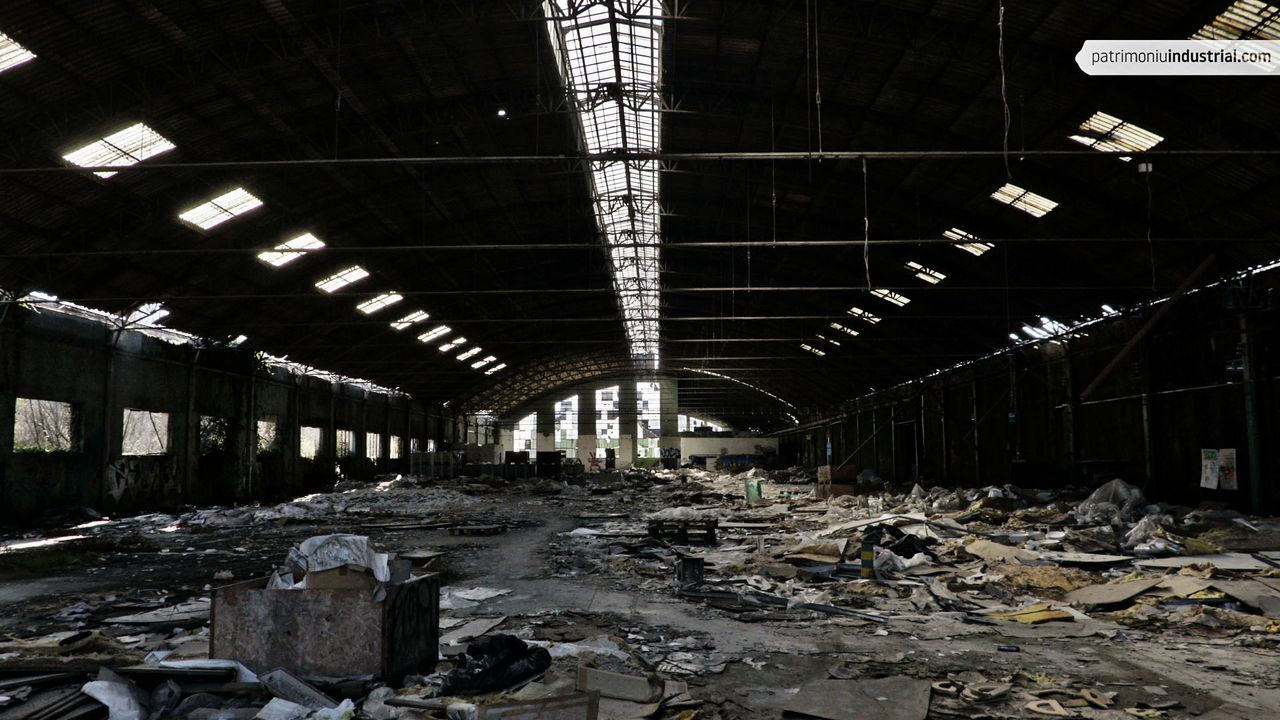

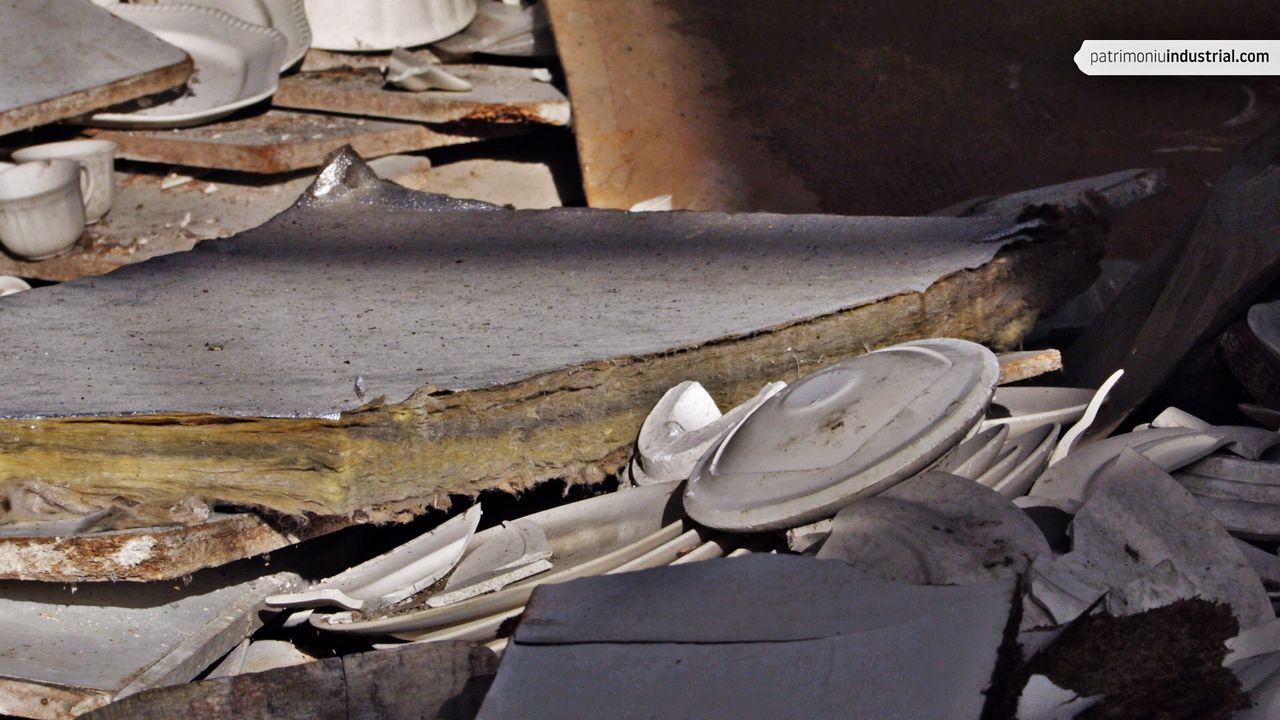

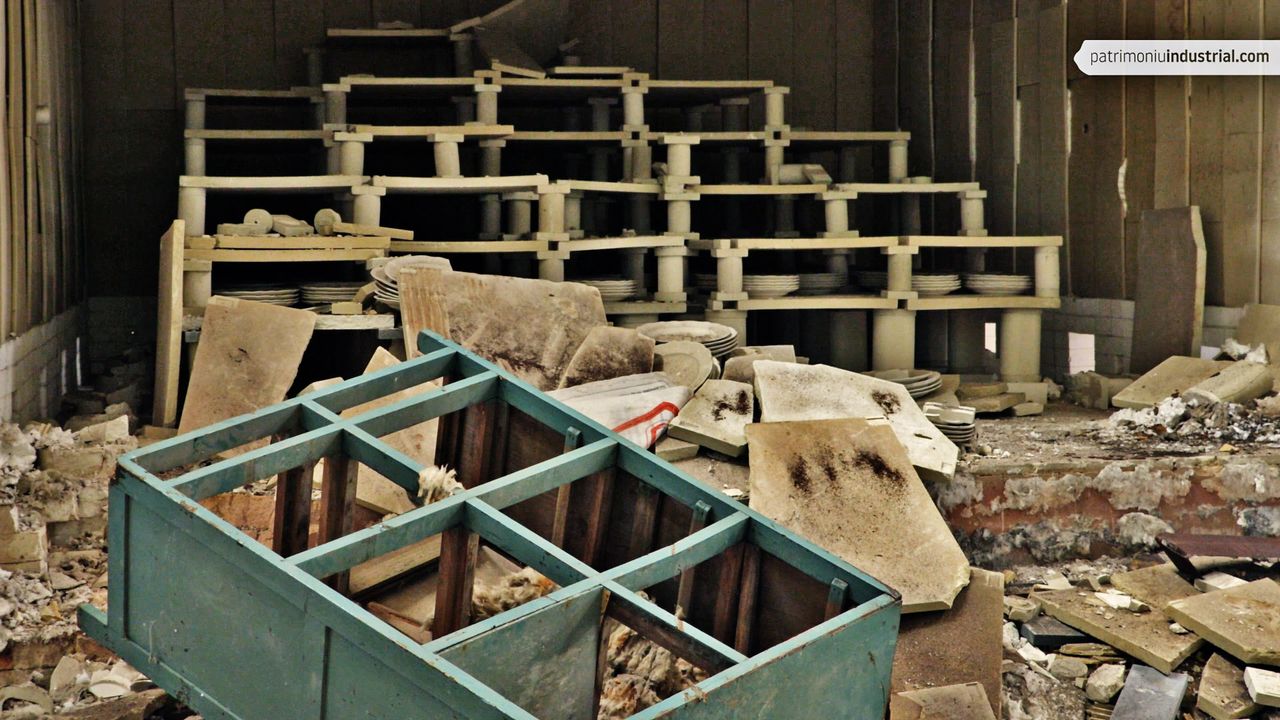
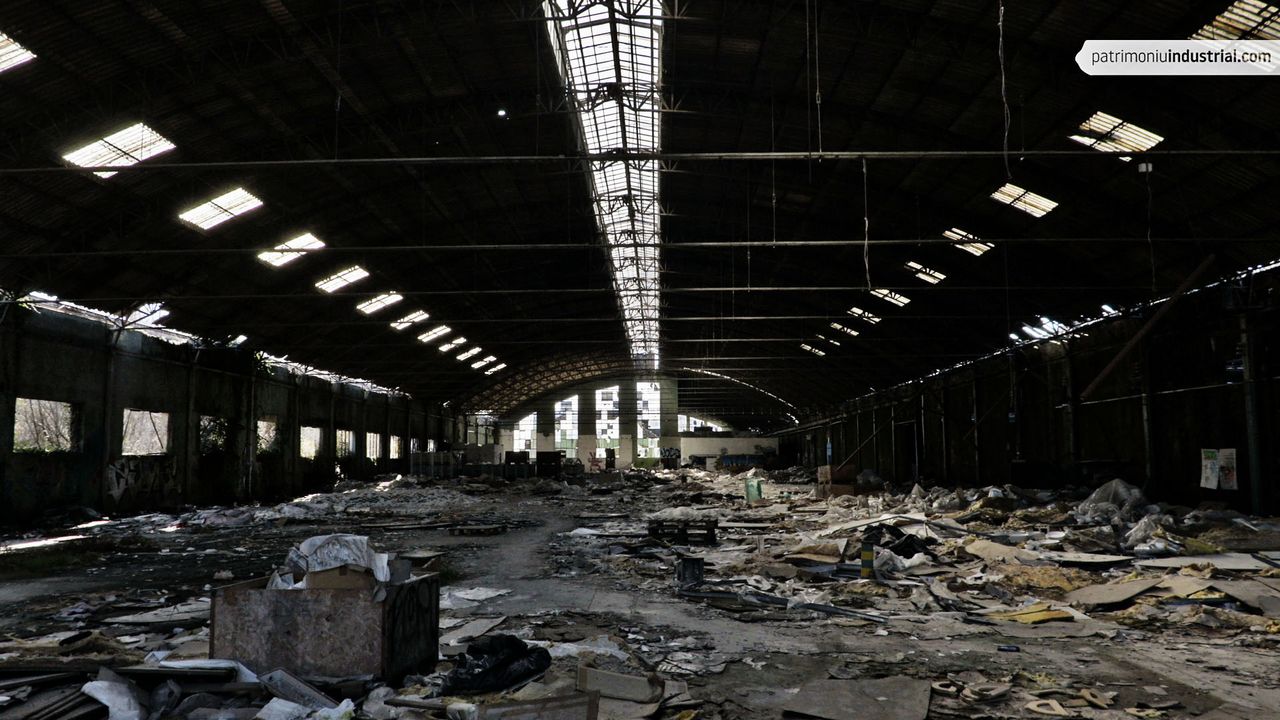
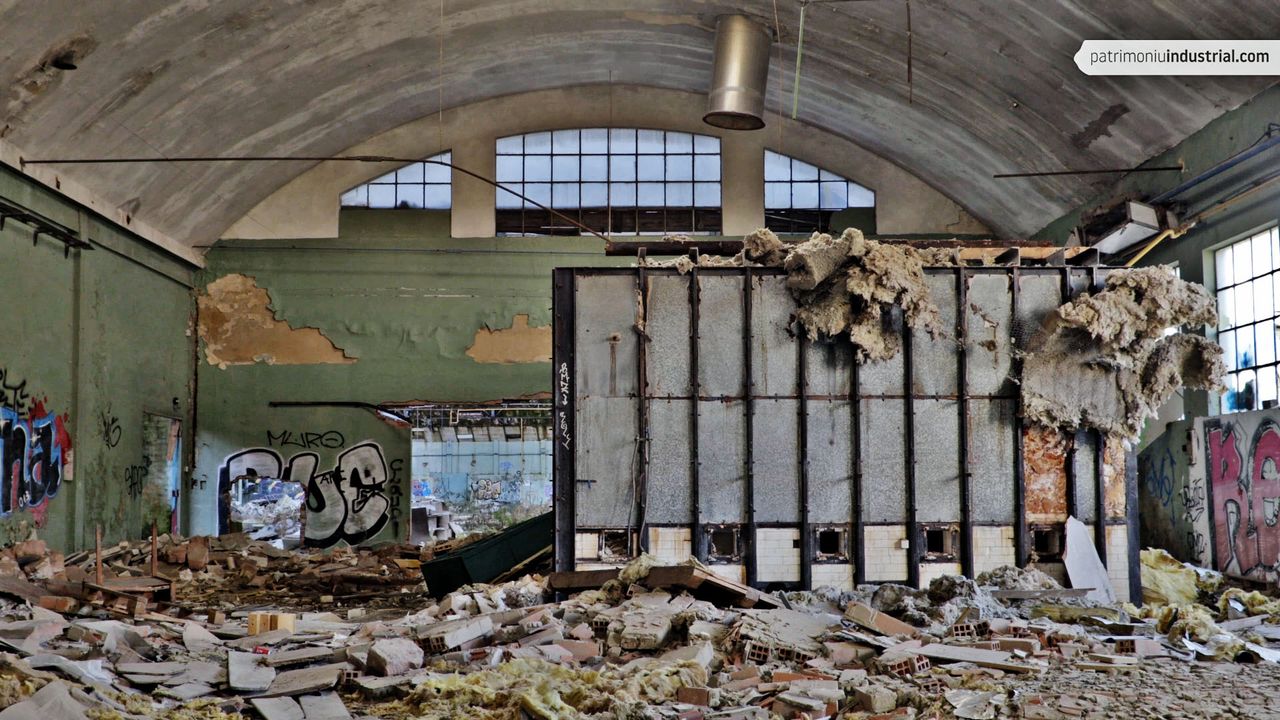
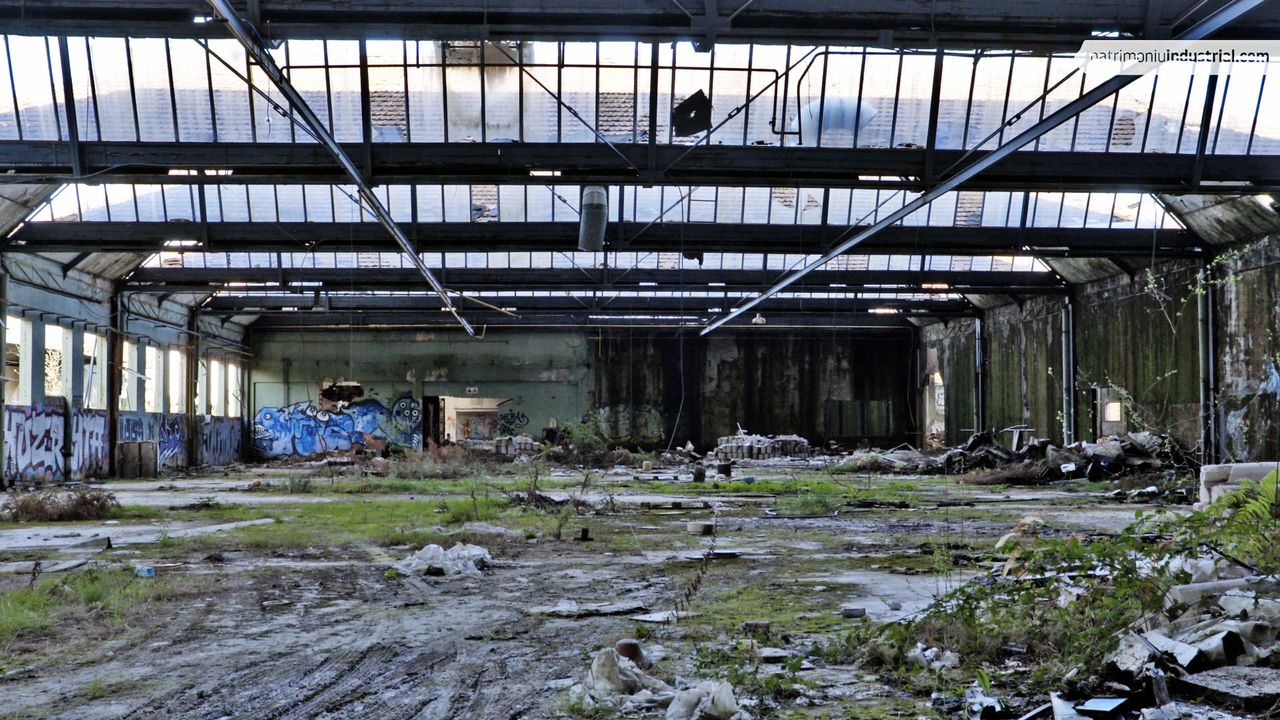
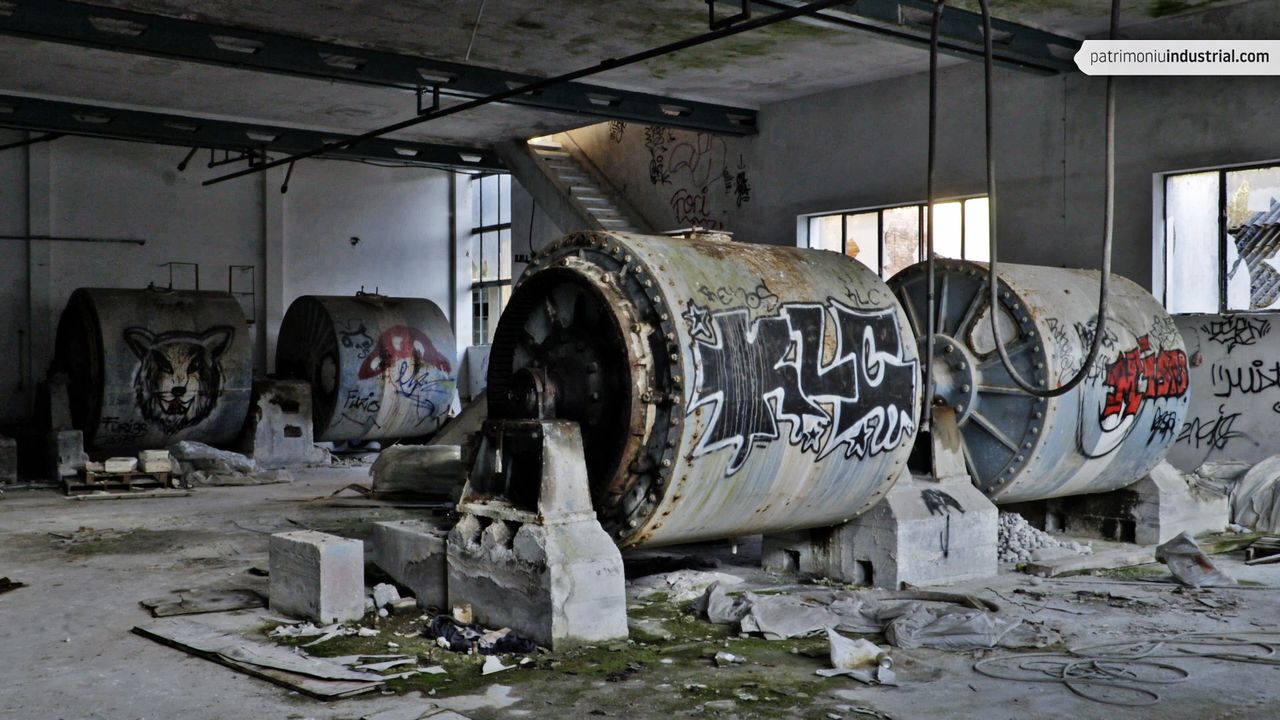

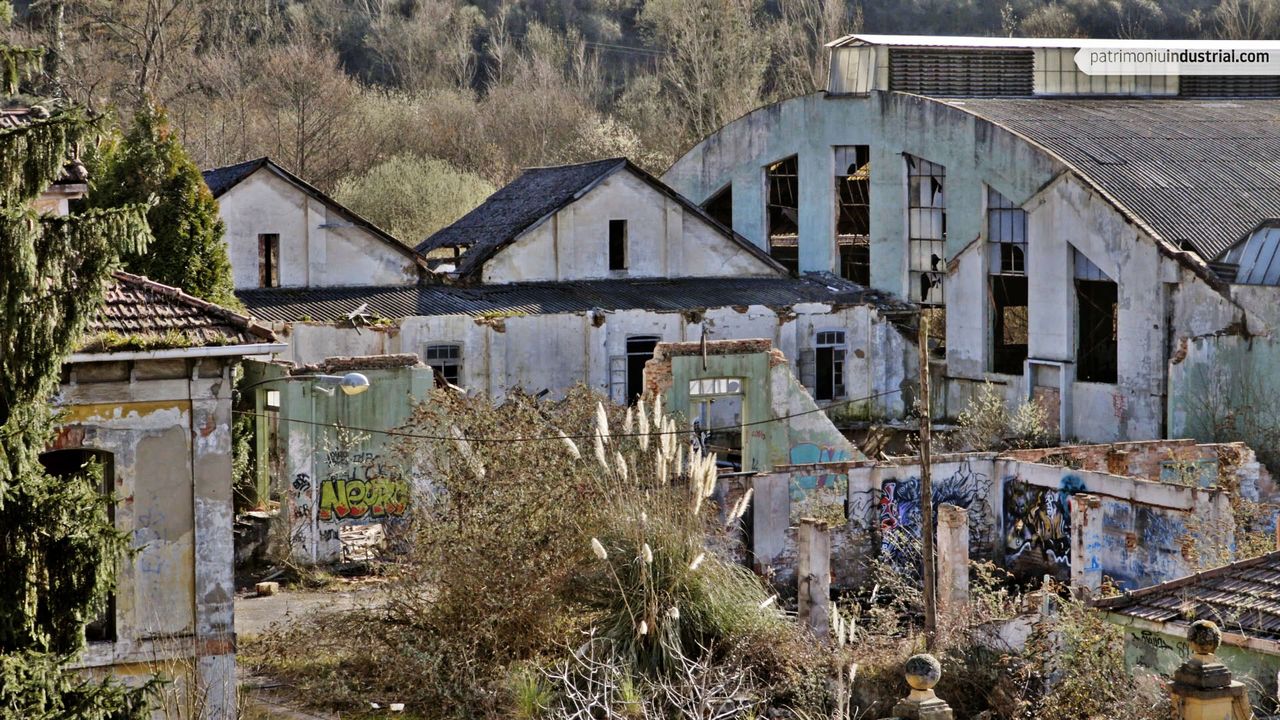
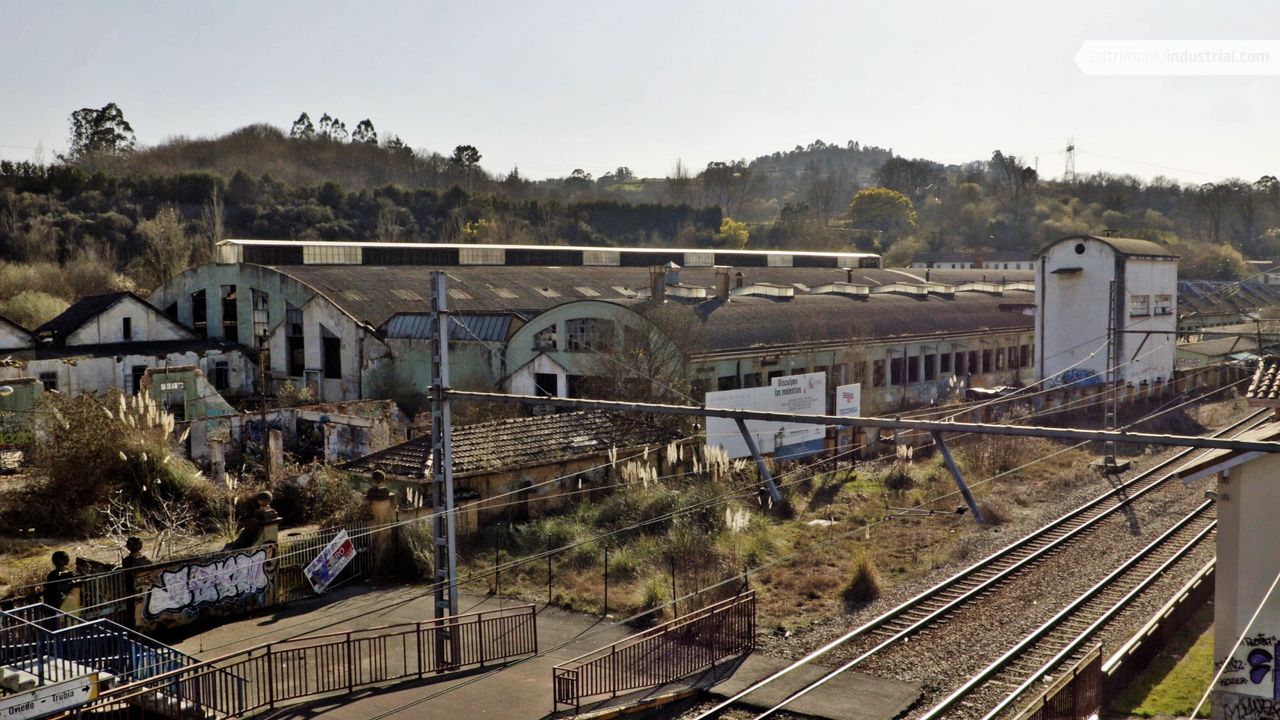
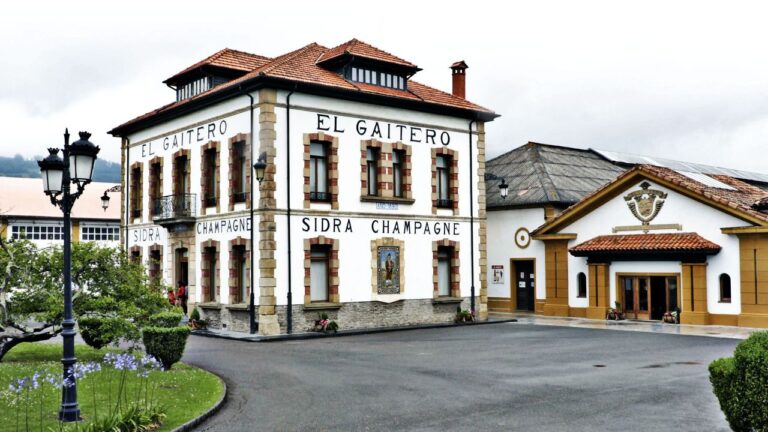
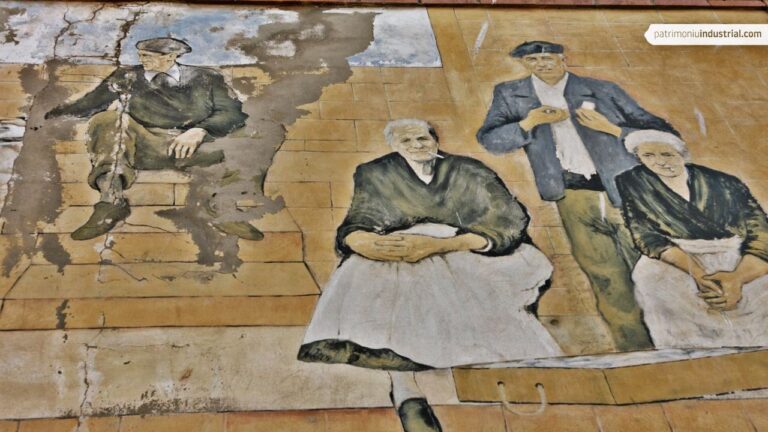
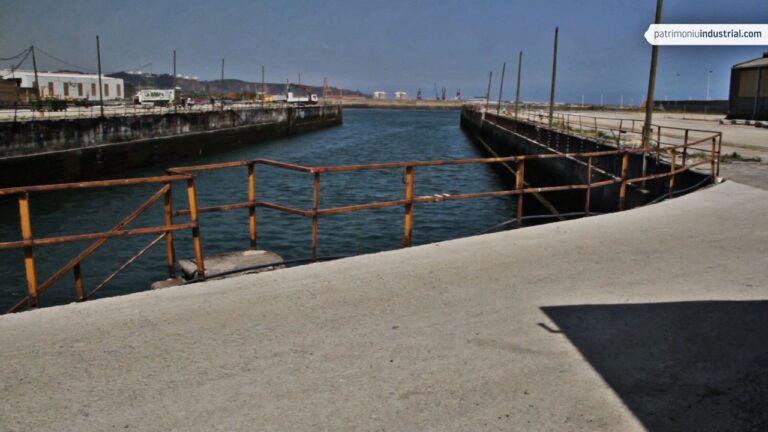

Recent Comments